The Deals of the Decade
From Hudson Yards to the Domino Sugar Refinery, these were the greatest real estate swaps of the 2010s

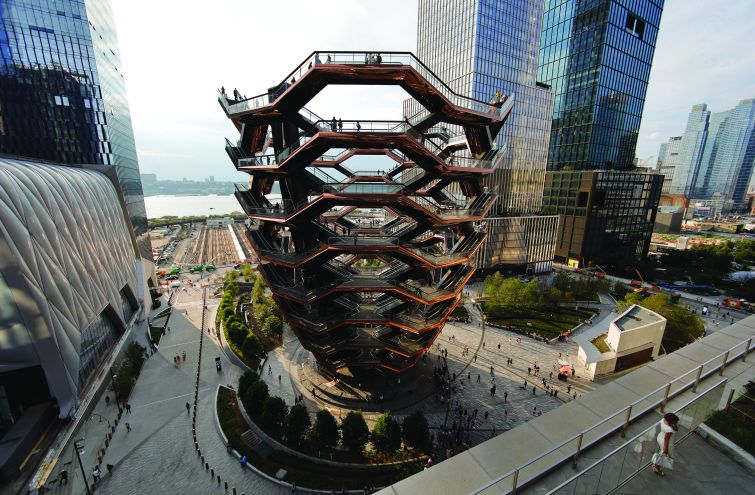

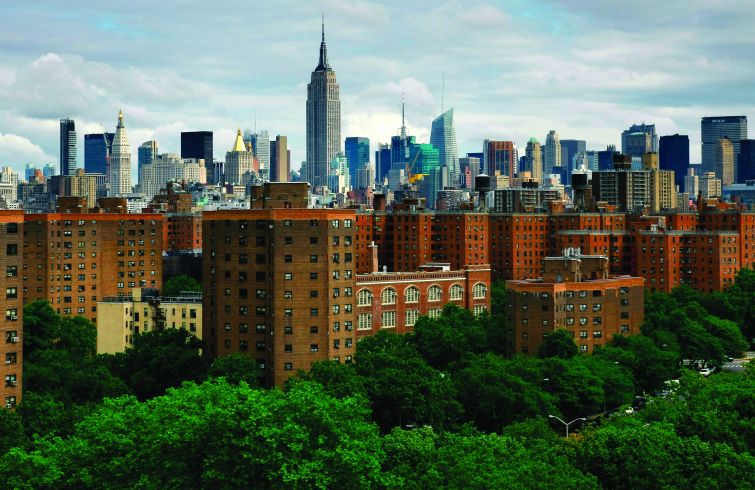
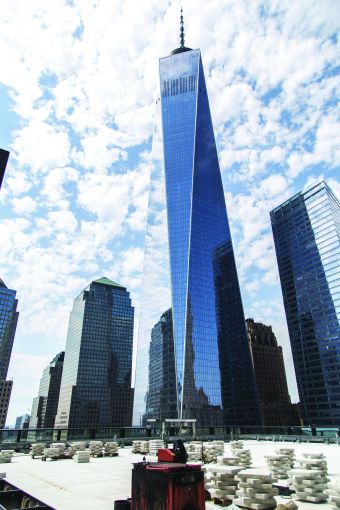
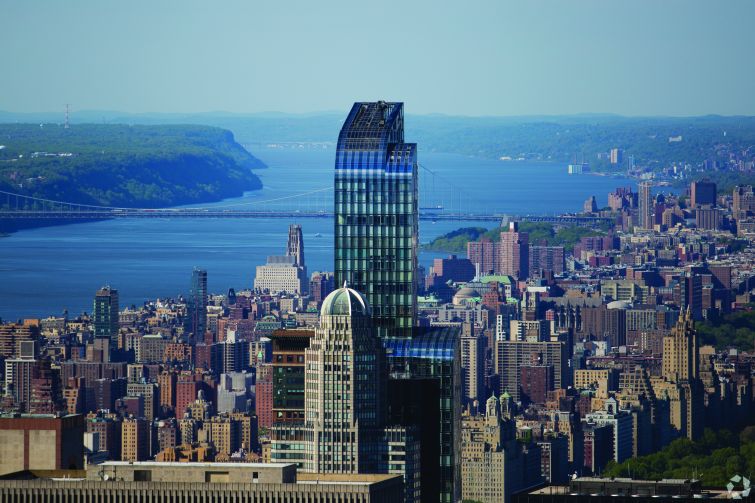


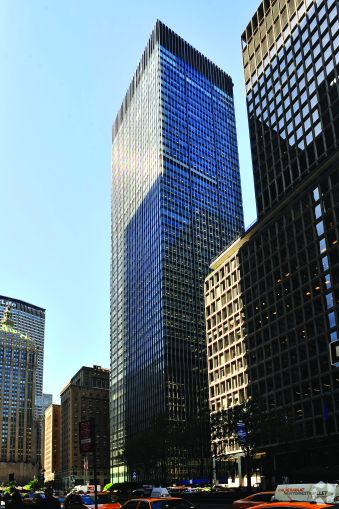

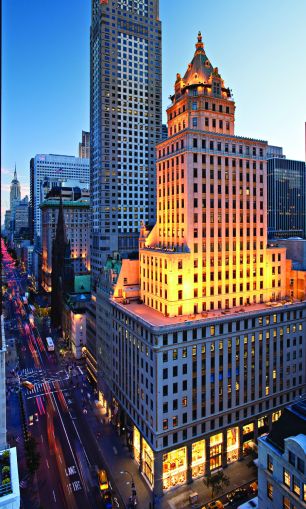
What were the real estate deals that defined the last 10 years?
Despite the fact that the decade began midway through the worst economic shock since the Great Depression, developers and owners were not shy in the 2010s. If anything, they grew gutsier.
The most expensive residential real estate in the history of the country was unveiled — and it found buyers. (Until it didn’t.) The largest housing complex in the city changed hands, despite having been one of real estate’s great debacles only a decade earlier. (Nobody blinked.) A city-within-a-city broke ground. (They finished phase one this year.) Developers looked at the few remaining empty parcels of the city and drank with abandon their deepest Robert Moses-inspired fantasies.
It was difficult to settle on which 10 projects best defined the past 10 years; there were contenders that Commercial Observer could easily have listed. Everything from St. John’s Terminal nabbing Google (GOOGL) to Brookfield (BN)’s Bankside project in the Bronx to the sale of the iconic Chrysler Building begged a mention. It’s almost inconceivable that those deals didn’t make our list — but what can we tell you? It was a very busy decade.
With reporting by Cathy Cunningham.
Hudson Yards
Twenty-eight acres. Eighteen million square feet. Seven years of construction. A seven-level shopping and dining center. An Equinox Hotel. A food hall from José Andrés. A 200,000-square-foot cultural shed. An enormous copper-colored shawarma — er, vessel — at the center.
No project in the city’s history has been more ambitious than Related’s Hudson Yards, which opened its first phase to the public in March.
And Related earned extra points for the fact that they put in their bid for the project in 2008, just as the financial world was unraveling.
“It was a very scary moment,” Related Chief Executive Officer Jeff Blau admitted to Commercial Observer in an interview at the opening. “But, in hindsight, it probably turned out to be the best thing. We had a lot of downtime to really think about what Hudson Yards should be.”
Indeed, as the world changed and then changed again, Related kept its head down and began the labor of designing and building. They found the blue-chip tenants to make the project a success, grabbing Coach, KKR, Wells Fargo and Time Warner. BlackRock announced a $1.25 billion, 20-year lease for 847,000 square feet. And, in a nice decade-ending coup de grace, Facebook inked a deal for some 1.5 million square feet last month.
Related was also extremely fortunate that others saw the Far West Side as ripe, too. A much-needed 7 train stop opened after many years of toil. And Brookfield has been hammering away at their own contribution to the Far West Side, the six-building, eight-acre, $5 billion, 7-million-square-foot complex called Manhattan West. Manhattan West might have ranked the number one project of the decade if not for the colossus across the street.
Chelsea Market
In 1993, when Irwin Cohen purchased the former Nabisco Factory in the Meatpacking District, he paid $8.2 million — $15 per square foot.
If Cohen had just held onto the property until 2018 he could have made about 290 times that, because that’s what Google decided the property was worth when they purchased it from Jamestown for $2.4 billion, making it the biggest office buy in New York City history.
Google had already made a massive investment in the area, taking the property across the street, 111 Eighth Avenue, from Jamestown, Taconic and the New York State Common Retirement Fund for a stunning $1.77 billion in 2010; but the second purchase clarified a few things.
First, Google wasn’t going anywhere. They were settling in for the long haul, and they had the purchasing power to spread out as they liked. (In 2019, Google decided that they needed another 1.3 million square feet and took a lease at St. John’s Terminal a few blocks south at 550 Washington Street.)
Second, tech would be an important player in New York City real estate. Within a year, Facebook would take 1.5 million square feet; Amazon would flirt with New York, split on us, and still come crawling back for 335,000 square feet at 410 Tenth Avenue; Netflix would grab 100,000 square feet at 888 Broadway, and another 161,000 square feet of warehouse space at 333 Johnson Avenue in Brooklyn.
Stuyvesant Town-Peter Cooper Village
At the dawn of the decade, the words “Stuy Town” were synonymous with the word “debacle.”
Just four years after Tishman Speyer and BlackRock shelled out some $5.4 billion for the 110-building complex consisting of more than 11,000 apartments, Tishman and BlackRock had given up. The Wall Street Journal reported in January of 2010 that the property had been surrendered to their creditors after defaulting on some $4.4 billion in debt used to finance the deal.
“By some accounts,” the Journal wrote when breaking the story, “Stuyvesant Town is only valued at $1.8 billion now.”
But that was the low point. By 2015, Blackstone and Ivanhoe Cambridge saw that this massive parcel of eastern Manhattan was actually worth pretty much what their predecessors had paid for it, shelling out $5.46 billion.
So far, no defaults to report.
World Trade Center
Has any piece of real estate in the last 20 years been packed with more emotional significance than the World Trade Center?
Before the Al Qaeda attack on Sept. 11, 2001, the complex was a fixture of New York’s skyline; two gleaming bars of silver that kept watch over the islands. When they fell, America became a very different place.
But even as he marched uptown on that horrible day, Silverstein Properties’ Larry Silverstein, the owner of the complex, was vowing to rebuild.
The next decade-and-a-half involved all sorts of public and private political, legal and financial wrangling over what the new complex would look like, but every year it got closer to completion: In 2006, 7 World Trade Center opened; in 2013, 4 World Trade Center came online and in 2014, the piece de resistance, 1 World Trade Center, opened. (That last particular building is owned by the Durst Organization and the Port Authority of New York & New Jersey.) In 2018, 3 World Trade Center opened.
Those who worried in late 2001 that the tenants might not come back Downtown have fallen silent given the wave of leases signed; just this fall, Uber took 300,000 square feet in 3 WTC. They’ve joined the likes of Condé Nast, Nasdaq, McKinsey & Company, Sailthru, Moët Hennessy, and so many others that have made their home in the World Trade Center.
One57
It would be difficult to exaggerate just how great a risk Gary Barnett took when he started construction of One57, his condominium and hotel two blocks south of Central Park. The financial world was in a meltdown the likes of which were never before seen, and it looked like the height of folly to not only construct a new tower on West 57th Street, but to hire famed architect Christian de Portzamparc to design the project; to screen lush videos of the envisioned space at the building’s sales gallery; to ask for prices that were, frankly, insane.
But then a penthouse was sold for $90 million. Another one sold two months later for $100 million.
“We’re basically at a billion dollars worth of sales, which is good for six months,” Barnett told the New York Observer back in 2012.
Barnett proved that rather than retreat from luxury real estate, there were a lot of very rich people who were worried about the flailing economy and wanted a safe place to park their money as they waited out the storm.
A number of other developers seized on this idea, following suit with a string of other developments on what soon became dubbed Billionaire’s Row. And while few of the projects that are currently in the ground have captured quite the same glory as One57 (and some are in real trouble), earlier this year the Wall Street Journal reported that billionaire Ken Griffin had closed on a penthouse just two blocks from One57 at 220 Central Park South for $238 million — the highest price ever paid for a home. We doubt very much that this would have happened without One57.
One Vanderbilt
While this town has been distracted by the shiny new towers of the Far West Side, or the compelling rebuilding of the World Trade Center complex, or all those sweet, sweet tech leases in Midtown South — Midtown will always be the center of New York’s office universe.
And Midtown is bringing its own shiny new game with One Vanderbilt, the project that SL Green has had in the works since the early 2000s.
The 1,401-foot-tall, 1.6-million-square-foot tower is opening next year but has already nabbed some monster leases: The Carlyle Group took 127,744 square feet of space; the Chicago-based law firm McDermott, Will & Emery have signed up for more than 120,000 square feet; and TD Securities (the investment banking arm of TD Bank) took 119,000 square feet last year.
It hasn’t necessarily been an easy road to travel. SL Green’s decade-plus-long assembly of the site involved securing the air rights. They pushed for the Midtown East rezoning. They nabbed a handsome Kohn Pederson Fox design. They agreed to build a new subway station at the foot of the site. And they went looking for the right chef to headline the restaurant space (Daniel Boulud). You’re welcome, New York.
Domino Sugar
In 2014, the chances looked pretty good that the most ambitious mixed-use complex in Brooklyn would die a loud, public death.
David and Jed Walentas began squabbling in the media with City Planning Commissioner Carl Weisbrod, Deputy Mayor Alicia Glen and Mayor Bill de Blasio over the plans for Two Trees’ redevelopment of the old Domino Sugar plant. The administration was pushing for more affordable housing units in the final plans. Two Trees said the administration’s proposals were non-starters.
“His whole administration are amateurs and left wing,” an unhinged David Walentas told New York magazine. “He’s never run anything, and he has no ideas. All he wants to do is get his name in the paper.” (In the same article, Jed compared the administration to North Korea.)
Five years later, one would never know the political birth pangs of this transformative project for the Williamsburg waterfront.
Domino is one of the more aesthetically ambitious pieces of real estate that the city has seen in this cycle; having been designed to look a little like sugar crystals, according to Rick Cook of CookFox Architects, which was responsible for the plans.
The 2.9-million-square-foot project included a new park, 2,800 units of housing (a big chunk of which would be affordable), 200,000 square feet of retail and 600,000 square feet of office space.
Having shaken up a neighborhood once, with Dumbo, we eagerly await what the Williamsburg shoreline will look like in the next few years thanks to Domino.
270 Park Avenue
When J.P. Morgan Chase announced plans to flatten its 52-story headquarters at 270 Park Avenue and build a shiny new 70-story building in its place in February 2018 (making it the largest voluntary demolition in New York City history), eyebrows were raised, and preservationists balked. But the times they are a-changin’, and the investment bank is now full steam ahead with its plans for its brand new, state-of-the-art HQ.
The modernist (yet, ironically, now somewhat antiquated) office property was built in 1960 and was the first high-rise designed by a woman: Natalie de Blois. The existing structure will soon give way to a 2.5-million-square-foot supertall designed by Foster + Partners. Rising to 1,425 feet, it will ever-so-slightly top One Vanderbilt’s 1,401 feet.
The behemoth structure is being developed as part of the Midtown East rezoning plan. In order to build the new HQ, the investment bank paid $208 million for 667,000 square feet of air rights from Grand Central Terminal’s owners, TF Cornerstone and MSD Capital. Chase will also build 10,000 square feet of public open space on Madison Avenue and create more than 35,000 square feet of pedestrian and transit upgrades as part of the development, which is scheduled for completion in 2025.
Interestingly, J.P. Morgan’s wrecking ball is perhaps inspiring other developers to follow suit. Last month, Bloomberg reported that Rudin Management has approached city officials with a proposal to tear down 415 Madison Ave., which sits a mere 500 feet away from 270 Park.
ABC Campus / 4 Hudson Square
Last year, the Walt Disney Co. executed the real estate equivalent of the triple axel.
They sold their sprawling, nine-parcel Upper West Side campus to Silverstein Properties for $1.16 billion. (Turn one.)
They turned around and leased back these properties for five years. (Turn two.)
Finally, they arranged a 99-year ground lease from Trinity Church at Hudson, Varick, Spring and Vandam Streets in Lower Manhattan’s Hudson Square District, in a deal valued at $650 million, where the mouse intends to put its headquarters as well as production space for ABC (which Disney owns) and shows like “The View.” (Turn three.)
In November, the company unveiled plans for a 22-story complex with two towers connected by a glassed-in walkway (Nails the landing!)
All this signified how desirable Lower Manhattan has become; it came on the heels of Google signing up for space at St. John’s Terminal.
“This move represents an historic step forward toward our long-term vision for our New York operations,” Disney Chairman Bob Iger said in a July 2018 statement. “The Hudson Square district is rapidly becoming a dynamic, innovative hub for media, technology and other creative businesses.”
The Crown Building
Fifth Avenue began the decade as one of the safest bets in real estate; it was the place that retailers set up shop not necessarily to move merchandise, but to announce themselves. Call it a marketing line item.
That thinking largely went out the window by the end of the 2010s.
But midway through the decade, the bold Jeff Sutton made a big bet on the corridor. Sutton’s Wharton Properties and GGP (since acquired by Brookfield) spent $1.78 billion buying the Crown Building on Fifth Avenue in one of the biggest plays ever recorded on that hallowed retail corridor. And the hustler from Brooklyn moved quickly enough to keep his prized property from getting too damaged by the clouds forming on the horizon; the building was split into a retail portion which he filled with Ermenegildo Zegna, Piaget, Mikimoto and Bulgari which set a city record for rents achieved at $5,500 according to CityRealty. As for the upper floors, they were sold to OKO Group and SHVO for $475 million.


